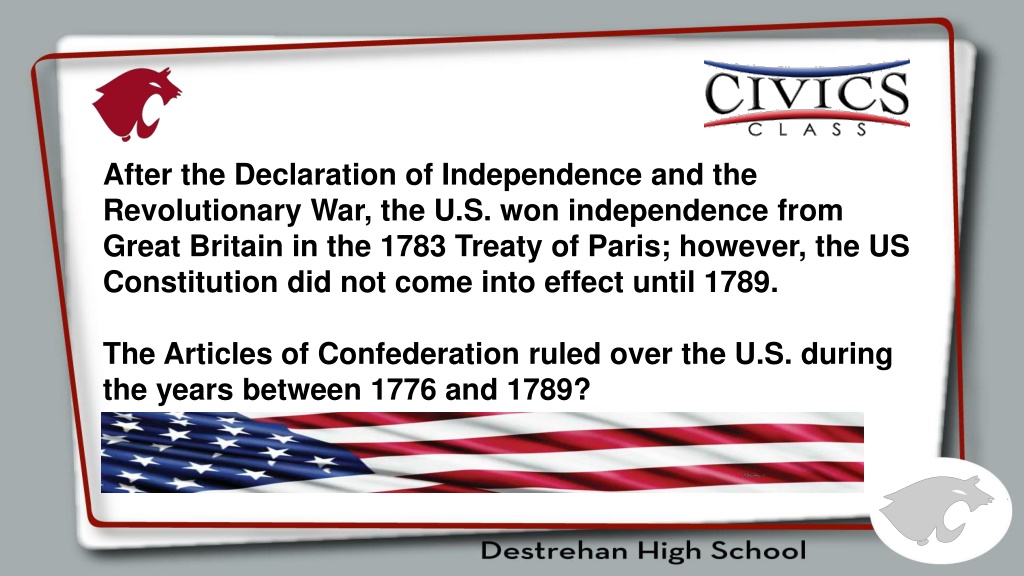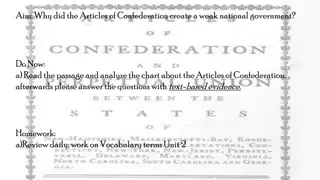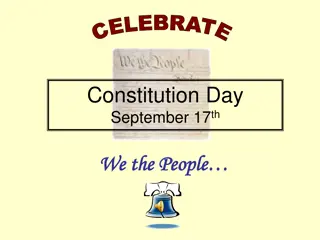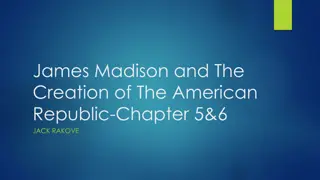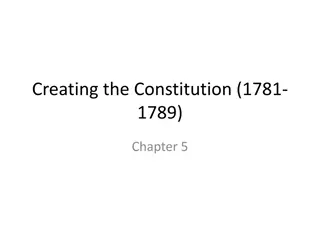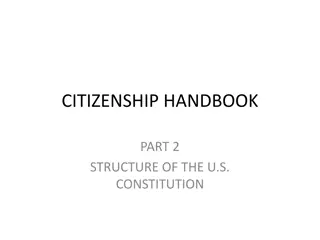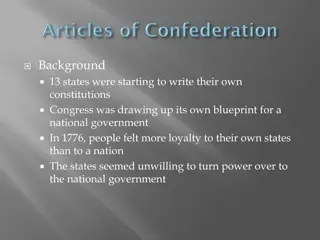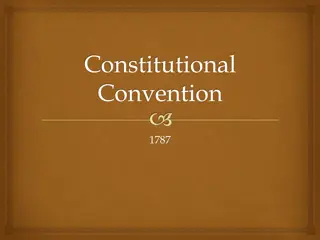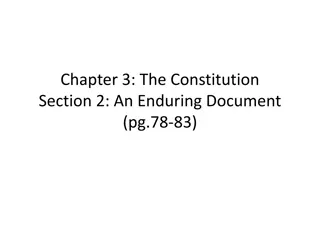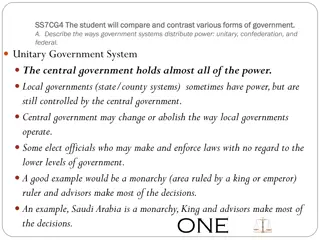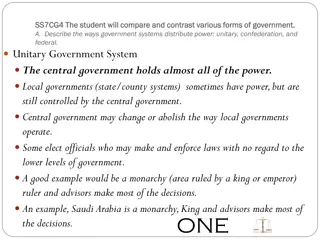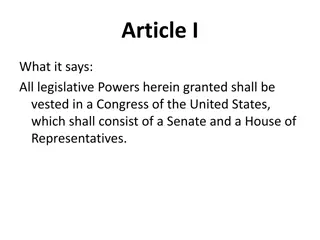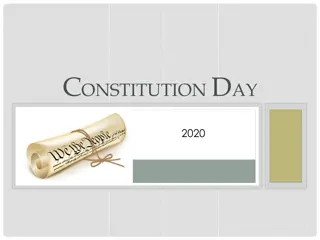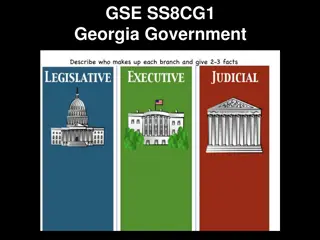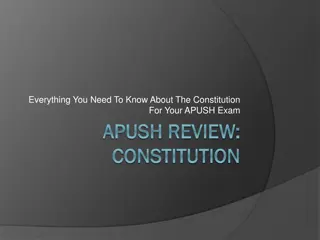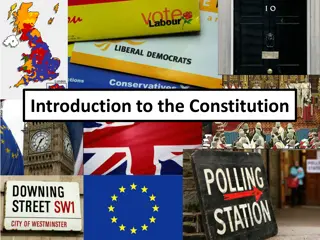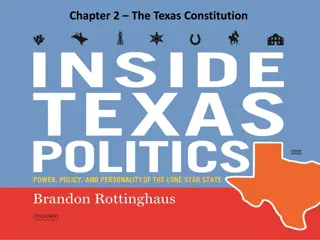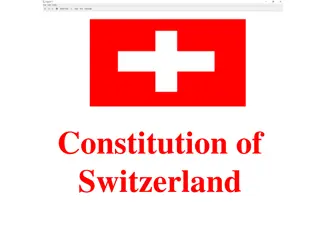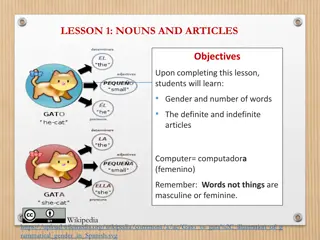Evolution from Articles of Confederation to U.S. Constitution
Following the Revolutionary War, the U.S. initially operated under the Articles of Confederation, which provided for a weak central government. However, due to issues such as financial problems and Shays' Rebellion, the Constitutional Convention was called in 1787. This led to the creation of the U.S. Constitution, establishing a stronger federal government and a framework for the nation's governance.
Download Presentation

Please find below an Image/Link to download the presentation.
The content on the website is provided AS IS for your information and personal use only. It may not be sold, licensed, or shared on other websites without obtaining consent from the author. Download presentation by click this link. If you encounter any issues during the download, it is possible that the publisher has removed the file from their server.
E N D
Presentation Transcript
After the Declaration of Independence and the Revolutionary War, the U.S. won independence from Great Britain in the 1783 Treaty of Paris; however, the US Constitution did not come into effect until 1789. The Articles of Confederation ruled over the U.S. during the years between 1776 and 1789?
The Articles of Confederation While unratified, the document was used by the Congress to conduct business, direct the American Revolutionary War, conduct diplomacy with foreign nations, and deal with territorial issues and Native American relations. The Articles formed a war-time confederation of states, with an extremely limited, and weak central government. (no executive, no way to tax, no judiciary, all 13 states must agree to any law)
The Articles of Confederation A guiding principle of the Articles was to preserve the independence and sovereignty of the states. The Articles of Confederation came into force on March 1,1781, after being ratified by all 13 states. The adoption of the Articles in 1781 made few changes in the federal government from the wartime confederation, because it did little more than legalize what the Continental Congress had been doing.
Complaint Letters A call for a Convention!
The Constitutional Convention With many complaints rising about financial problems in the states, and the weakness of the Articles of Confederation, Alexander Hamilton pushed for a meeting in the summer of 1787 to amend the Articles. A rebellion began when Massachusetts raised taxes on farmers, and confiscated their land when farmers refused to pay. A rebellion broke out, led by Daniel Shays, a former revolutionary war soldier who had not been paid for his wartime service. Shays Rebellion was put down, and Daniel Shays was later pardoned, but this event was a warning to Hamilton and many other state delegates that something must be done about the weak national government. Due to the difficulty of travel in the late 18th century, very few of the selected delegates were present on the designated day of May 14, 1787, and it was not until May 25 that a quorum of seven states was secured. New Hampshire delegates would not join the Convention until more than halfway through the proceedings on July 23, and Rhode Island boycotted the entire meeting.
The Constitutional Convention James Madison arrived first, and soon most of the Virginia delegation arrived. While waiting for the other delegates, the Virginia delegation produced the Virginia Plan, which was designed and written by James Madison. George Washington was unanimously elected president of the Convention. Despite the sweltering summer heat, the windows of the meeting hall were nailed shut to keep the proceedings a secret.
The Constitutional Convention Plans 1. Explain how the states were represented under the Articles of Confederation. 2. How are the Articles of Confederation and the Virginia Plan different? 3. How are the Virginia Plan and Hamilton Plan different? 4. What makes the New Jersey Plan unique? A. The Articles of Confederation B. The Virginia Plan C. The New Jersey Plan D. The Hamilton Plan
